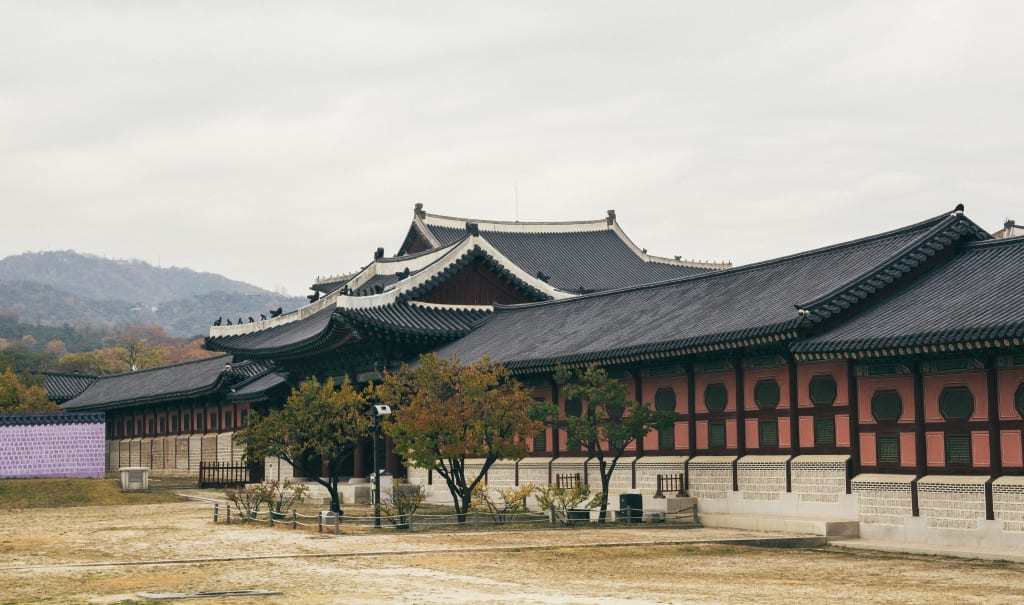The Ascent and Fall of the Incomparable Han Realm
The Rise and Fall of the Great Han Empire: A Saga of Triumph and Tragedy

The Han Realm, which ruled over old China for north of four centuries, is in many cases viewed as quite possibly of the most huge and powerful tradition in Chinese history. Its ascent and fall formed the social, political, and monetary scene of the area, making a permanent imprint on the course of Chinese human advancement. This article dives into the captivating story of the Incomparable Han Domain, chronicling its climb to control, its times of success, and the conditions that prompted its inevitable downfall.
I. The Ascent of the Han Realm
The Han Tradition, established by Liu Bang, arose in 206 BCE, denoting the finish of the Qin Administration's brief and oppressive rule. The early Han time frame, known as the Western Han, was described by serious areas of strength for a concentrated government, introducing another period of security, financial development, and social thriving. One of the main commitments to this time was the making of the common assistance assessment framework, which empowered enrollment of authorities in light of legitimacy as opposed to genetic honor.
Under Sovereign Wu (141-87 BCE), the Western Han Line an extended its area fundamentally through military successes and conciliatory coalitions, expanding its arrive at along the Silk Street and laying out feeder associations with adjoining locales. This development brought monetary success, as exchange and trade flourished, and social trade prospered.
II. The Brilliant Age of the Han Administration
The Eastern Han Administration, which succeeded the Western Han, proceeded with the tradition of its ancestor. It was during this time that the Han Domain really arrived at its pinnacle. The Eastern Han Tradition, enduring from 25 to 220 CE, is frequently alluded to as the "Brilliant Age of the Han Line." This period was set apart by a few remarkable turns of events:
Confucianism and the state: Confucianism turned into the state philosophy, forming the schooling system and government organization. The Han heads embraced Confucian standards, stressing moral authority and moral administration.
Mechanical developments: The Han time saw exceptional advances in innovation, including the creation of paper, the compass, and the watermill, which added to the development of the domain's economy and framework.
Silk Street: The Han Line assumed a urgent part in the extension of the Silk Street, working with exchange and social trade between China, Focal Asia, and the Roman Realm.
Scholarly and imaginative accomplishments: The Han Tradition delivered eminent writers, antiquarians, and logicians, and its specialty, especially in stoneware and model, arrived at new levels.
III. The Start of Decline
Regardless of its numerous achievements, the Han Realm started to give indications of decline during the last long periods of the Eastern Han Administration. A few variables added to this decay:
Debasement and epic showdowns: The supreme court became overflowing with defilement, as eunuchs and strong families competed for control, subverting the focal government's adequacy.
Financial unsteadiness: Overreliance on the development of money coins, expansion, and inconsistent land appropriation prompted monetary issues and social turmoil.
Military difficulties: The Han Line confronted outer dangers from roaming clans, especially the Xiongnu, and inner rebellions, debilitating its tactical strength.
The Yellow Turban Disobedience: This monstrous worker uprising during the second century CE was an indication of far reaching discontent with the Han government's powerlessness to address individuals' complaints.
IV. The Fall of the Han Line
The Han Line formally fell in 220 CE, when the warlord Cao's child, Cao Pi, constrained Head Xian to relinquish, denoting the finish of the Han Realm and the start of the Three Realms time frame. The realm divided into three strong warlord expresses, each competing for control of China.
The Three Realms time frame was described by nonstop fighting and political interest as the provinces of Wei, Shu, and Wu vied for strength. This time of disarray went on for very nearly 100 years until the Jin Tradition arose, reunifying China in the mid fourth century CE.
Conclusion
The Incomparable Han Domain's ascent and fall is a demonstration of the recurrent idea of history. It exhibited surprising accomplishments, including social and mechanical headways, at the end of the day surrendered to inner conflict, debasement, and outer tensions. The tradition of the Han Line keeps on affecting current China, as Confucianism, the common help assessment framework, and other getting through components of Han administration have made a permanent imprint on Chinese human progress.
The narrative of the Han Domain fills in as an update that even the mightiest realms can flounder, underlining the significance of administration, initiative, and cultural union in the ascent and fall of extraordinary countries. The Han Line's effect on Chinese history is unfathomable, and its heritage lives on in the hearts and brains of the Chinese public, who keep on drawing motivation from its accomplishments and gain important illustrations from its downfall. The ascent and fall of the Incomparable Han Domain is an account of win and misfortune, a part in the legendary story of China's getting through progress.
About the Creator
Kyrol Mojikal
"Believe in the magic within you, for you are extraordinary."






Comments
There are no comments for this story
Be the first to respond and start the conversation.